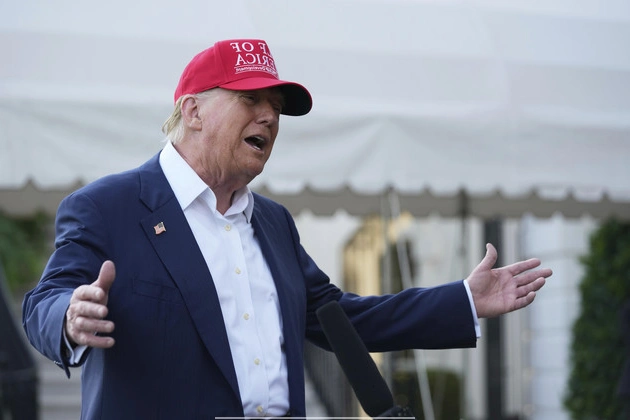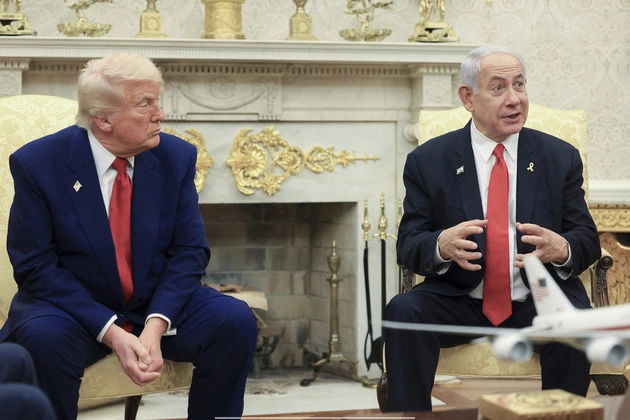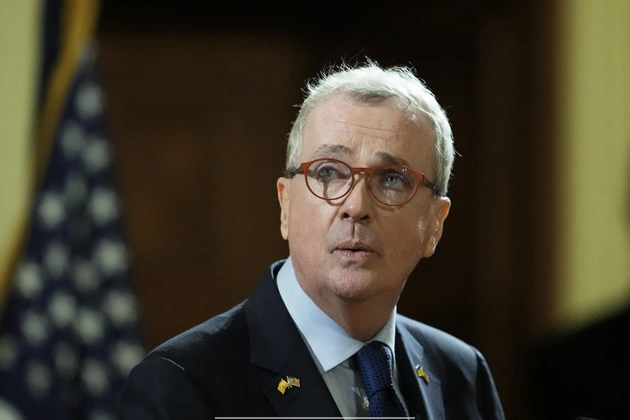
Greenland’s Defiance Against Annexation Threats
The leaders of all five parties in Greenland’s parliament released a joint statement opposing President Donald Trump’s renewed threats to seize the Arctic island. Trump’s persistent suggestions of U.S. annexation have sparked concern in Copenhagen and Nuuk, prompting a unified response from Greenland’s political spectrum.
In a recent Oval Office meeting with NATO Secretary General Mark Rutte, Trump hinted at the possibility of annexing Greenland, stating, “I think it will happen.” This brazen assertion has been met with strong opposition from Greenland’s party chiefs, labeling Trump’s rhetoric as “unacceptable” and a deliberate attempt to sow discord.
Political Landscape in Greenland
Following a closely watched election, the center-right Democrats emerged victorious over the incumbent left-wing coalition. Despite potential shifts in governance, Greenland’s stance on independence remains unwavering. The majority of Greenlanders, totaling about 60,000 individuals, advocate for autonomy from Denmark and reject alignment with the U.S.
With its valuable natural resources, strategic Arctic positioning, and expanding trade routes due to climate shifts, Greenland plays a pivotal role on the global stage. Trump’s emphasis on the island’s significance in American interests and international security underscores the escalating geopolitical tensions in the region.
Greenland’s Firm Resolve
Greenland’s political leaders affirm their commitment to sovereignty and self-determination, rebuffing any external attempts at control or annexation. Despite external pressures and geopolitical maneuvering, Greenland remains steadfast in its pursuit of independence and autonomy.
As the world watches the unfolding dynamics in the Arctic region, Greenland stands as a symbol of resilience and determination in the face of external pressures and territorial ambitions.











